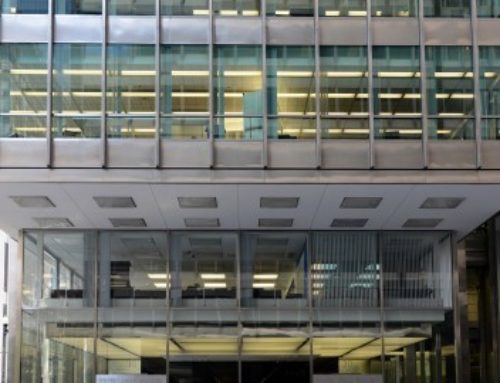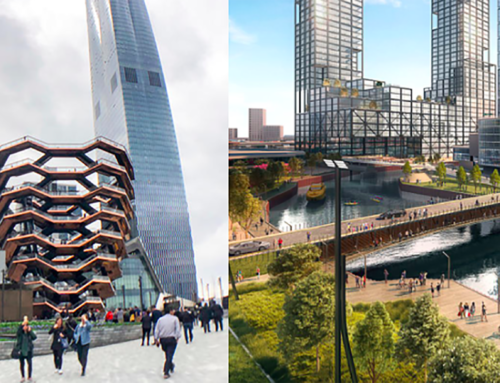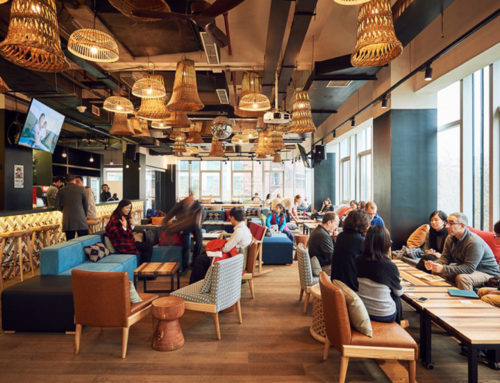4 or 5 years ago, I began an effort to re-brand our company. To make a long story short, I came up with the phrase “seeing with new eyes”. It was my opinion that the commercial real estate market was changing dramatically, and unless we looked at things in a “different way” we would continue to make the same mistakes over and over again. Fast forward to last week when this was brought home much more visually to me.
I was on a trip to Silicon Valley to look for office space for a client of mine. Rather than stay in San Jose, I chose to stay in San Francisco, and I took the train to San Jose to do my work. Seeing with new eyes was never more obvious than the train ride I took. In my 71 years of living in Chicago, I have probably taken a train to the suburbs less than a handful of times. That said, for my entire working career, I have watched people come to and from the train station dressed in their suits, ties, dresses and high heeled shoes. What I saw last week bore no resemblance to what I have witnessed my entire working career. As I boarded the train to go from San Francisco to San Jose a few things were apparent, the first one being that in the 12 cars, I was probably the only person wearing a suit, at least 1/3 of the people were riding with their dogs and finally, there were several cars attached to the train for bike riders only. In these cars people got on the train with their bikes so that once they disembarked they could get to their offices or place of work with ease. My old eyes were seeing something that I had not seen before. A whole different population of workers who dressed differently, who were accompanied by their pets, not their partners, and who used bikes as a major source of transportation. Needless to say, this really peaked my interest as to how people work and live today versus how they did for the majority of my career.
I have no doubt that these people that I rode with on the train were hard workers, had the same problems that everyone faces at home and at work, but they certainly did not conform to the “corporate dress code”. Their pets were important to them and their mode of transportation was not four wheels and a gasoline engine. Obviously this visual representation of the new worker never even touched on the style in which they work, as opposed to how the office worker up until very recently worked. My guess is that these people did not have their own office, and in fact, may not even have an assigned desk. Obviously, completely different from what we have been used to. I also do not doubt that they put in long hours and work diligently, in many cases, behind a computer screen crafting code and developing new techniques through technology – new techniques to improve not only our workplace and corporate lifestyle, but also our personal lifestyles.
On this trip, I watched the new headquarters in Seattle of Amazon taking shape. I thought about the 2.8 million square foot donut that Apple is building and looked at the pictures of the Frank Gehry building that was developed for Facebook. In short, if developers don’t begin to see with new eyes, the buildings that they are building today will be obsolete before they are completed. The traditional floorplan with offices all on a window line surrounding secretarial stations and interior space just does not work anymore as the work population has no interest in “the old style”. Interestingly enough, the floorplans of some very old buildings, many of them designed originally for banks with offset cores to either end of the building, are much more user friendly to the growing companies in the new economy. It begs the question, why are many of the new buildings being developed in major cities being built with center cores which totally block visual communication from one side of a floor to the other? There is a better way and developers better see it.
All that said, today I attended the funeral of one of the most forward thinking developers I ever knew. His death was unexpected, but his legacy will live on for years to come, as many of the buildings he built were exactly what the tenants of the time desired – not what he thought they should have. In fact, in my 50 years of working in the commercial real estate field, I have kept one brochure from one new building in all that time. It was a brochure for a building that was a complete divergence from all that had been built to date and the gentleman whose funeral I attended today was responsible for that development.






